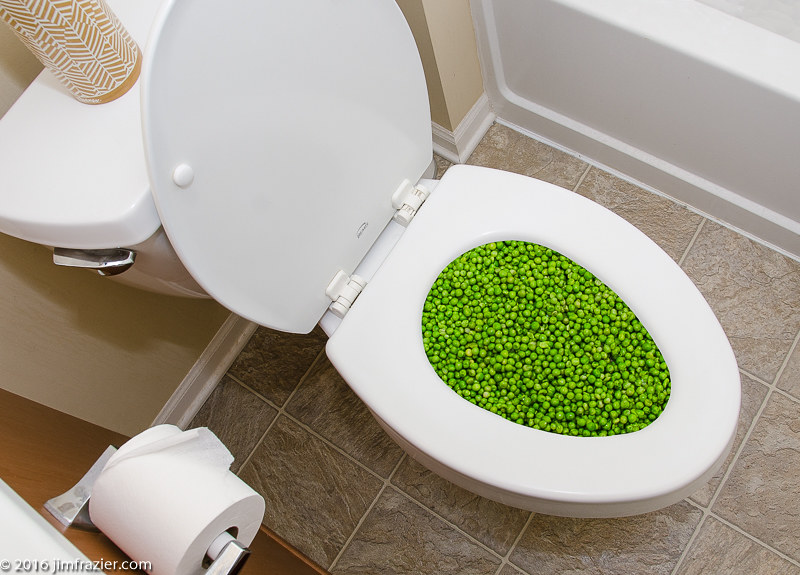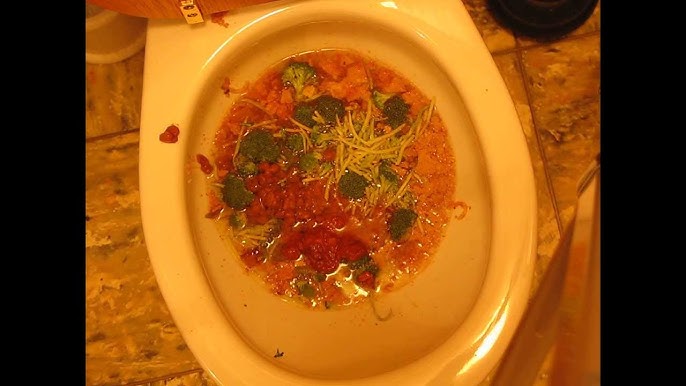Is it Allowed to Flush Food in the Toilet?
Is it Allowed to Flush Food in the Toilet?
Blog Article
We have stumbled upon this great article pertaining to Think Twice Before Flushing Food Down Your Toilet down the page on the internet and figured it made good sense to quickly share it with you on this page.

Intro
Lots of people are often faced with the predicament of what to do with food waste, specifically when it comes to leftovers or scraps. One common question that arises is whether it's alright to purge food down the commode. In this post, we'll explore the reasons why individuals might consider flushing food, the effects of doing so, and alternate methods for appropriate disposal.
Reasons that people may consider flushing food
Lack of recognition
Some people might not understand the possible injury caused by flushing food down the toilet. They may incorrectly think that it's a safe method.
Comfort
Purging food down the bathroom may seem like a quick and easy service to disposing of undesirable scraps, especially when there's no nearby garbage can offered.
Laziness
Sometimes, people may merely pick to flush food out of large laziness, without thinking about the effects of their actions.
Consequences of flushing food down the toilet
Ecological effect
Food waste that winds up in rivers can contribute to air pollution and harm water environments. In addition, the water utilized to flush food can strain water resources.
Plumbing issues
Purging food can result in clogged up pipelines and drains pipes, triggering expensive plumbing repairs and troubles.
Kinds of food that must not be flushed
Fibrous foods
Foods with fibrous structures such as celery or corn husks can obtain entangled in pipelines and create obstructions.
Starchy foods
Starchy foods like pasta and rice can take in water and swell, causing blockages in pipelines.
Oils and fats
Greasy foods like bacon or cooking oils should never ever be purged down the toilet as they can solidify and create obstructions.
Correct disposal methods for food waste
Utilizing a garbage disposal
For homes outfitted with garbage disposals, food scraps can be ground up and flushed via the pipes system. Nonetheless, not all foods appropriate for disposal in this manner.
Recycling
Certain food packaging products can be reused, reducing waste and minimizing environmental impact.
Composting
Composting is a green method to get rid of food waste. Organic materials can be composted and made use of to improve soil for horticulture.
The relevance of appropriate waste management
Reducing ecological harm
Proper waste administration methods, such as composting and recycling, assistance reduce air pollution and protect natural deposits for future generations.
Protecting pipes systems
By avoiding the practice of flushing food down the toilet, homeowners can prevent pricey plumbing fixings and keep the stability of their pipes systems.
Verdict
In conclusion, while it might be tempting to flush food down the commode for convenience, it is necessary to comprehend the potential consequences of this activity. By taking on appropriate waste management techniques and taking care of food waste sensibly, people can contribute to much healthier plumbing systems and a cleaner setting for all.
FLUSH FOOD DOWN THE TOILET?
FLUSHING FOOD CAN CAUSE BLOCKED DRAINS IN YOUR HOME
All of the plumbing fixtures in your home are connected to the same sewer pipe outside of your home. This outdoor sewer pipe is responsible for transporting all the wastewater from your home to the Council sewer mains. Even small pieces of food that go down the kitchen sink can cause problems for your sewer. It should therefore be obvious that flushing larger bits of food, such as meat, risks a clog in either the toilet itself or the sewer pipes. Flushing greasy food is even more problematic because oil coagulates when it cools, coating the interior lining of your pipes.
THE TOILET IS NOT A BIN
Food isn’t the only thing that people shouldn’t be flushing down the toilet. People use the toilet to dispose of all kinds of things such as tampons, makeup wipes, dental floss, kitty litter and even underwear. Water goes to great lengths to educate residents about the high costs and stress placed on wastewater treatment systems simply from people flushing the wrong stuff down the toilet. It costs taxpayers millions of dollars each year, and homeowners thousands in blocked drain repairs.
FLUSHING FOOD IS A WASTE OF WATER
Flushing food is a waste of our most precious resource - water. In June this year Level 1 water restrictions were introduced to protect water supply from drought conditions. Much of New South Wales continues to be affected by prolonged drought with recent figures revealing up to 97 per cent of the state remains in drought. Depending on whether you have a single or dual flush toilet, every single flush uses between five and 11 litres of water. In the current climate this is a huge amount of water to be wasting on flushing food that should be placed in the bin (or better yet, the compost).
https://www.jabplumbingsolutions.com.au/blog/can-you-flush-food-down-the-toilet

I was guided to that write-up on Think Twice Before Flushing Food Down Your Toilet through a buddy on another web page. For those who enjoyed our blog entry kindly do not forget to share it. We take joy in reading our article about Is it safe to flush food (especially rice) down the toilet?.
Estimating Report this page